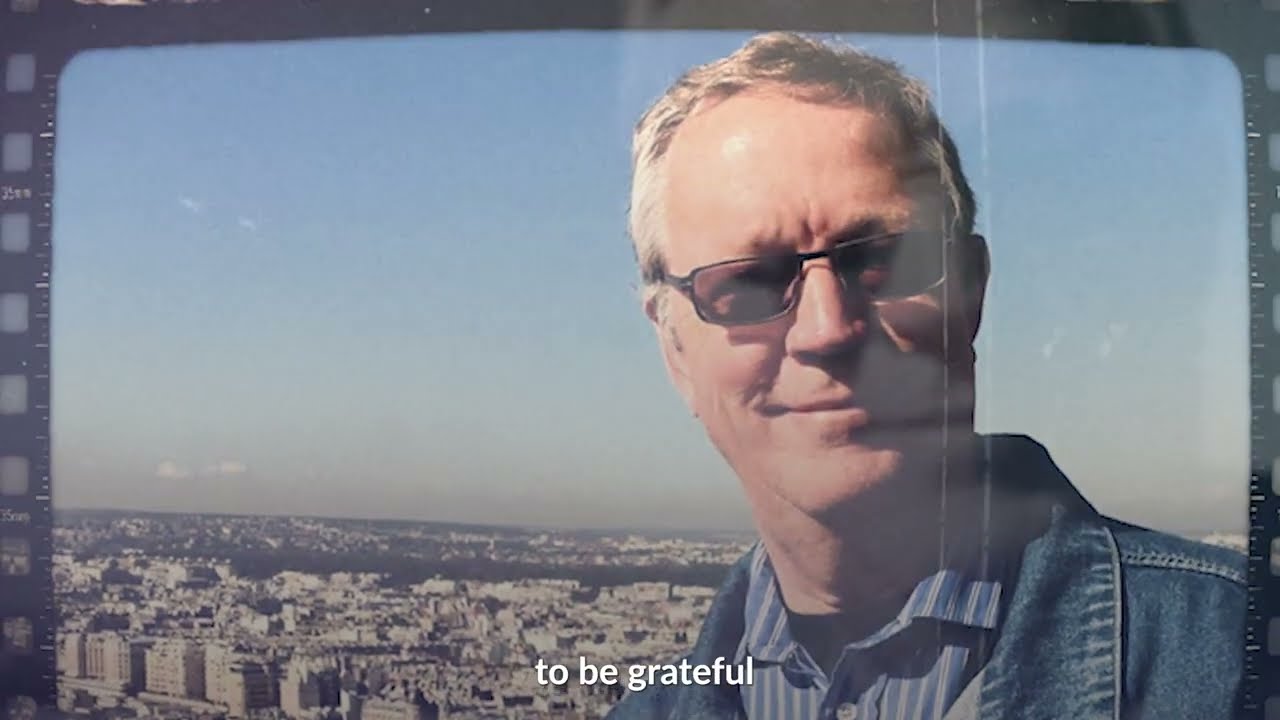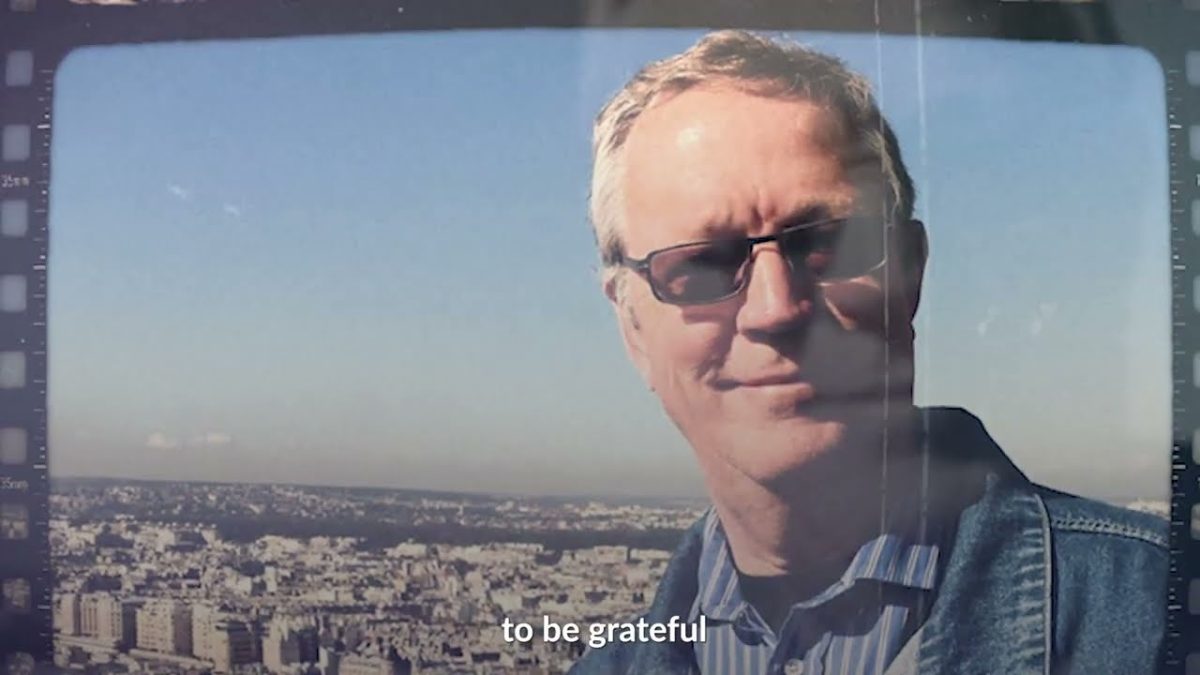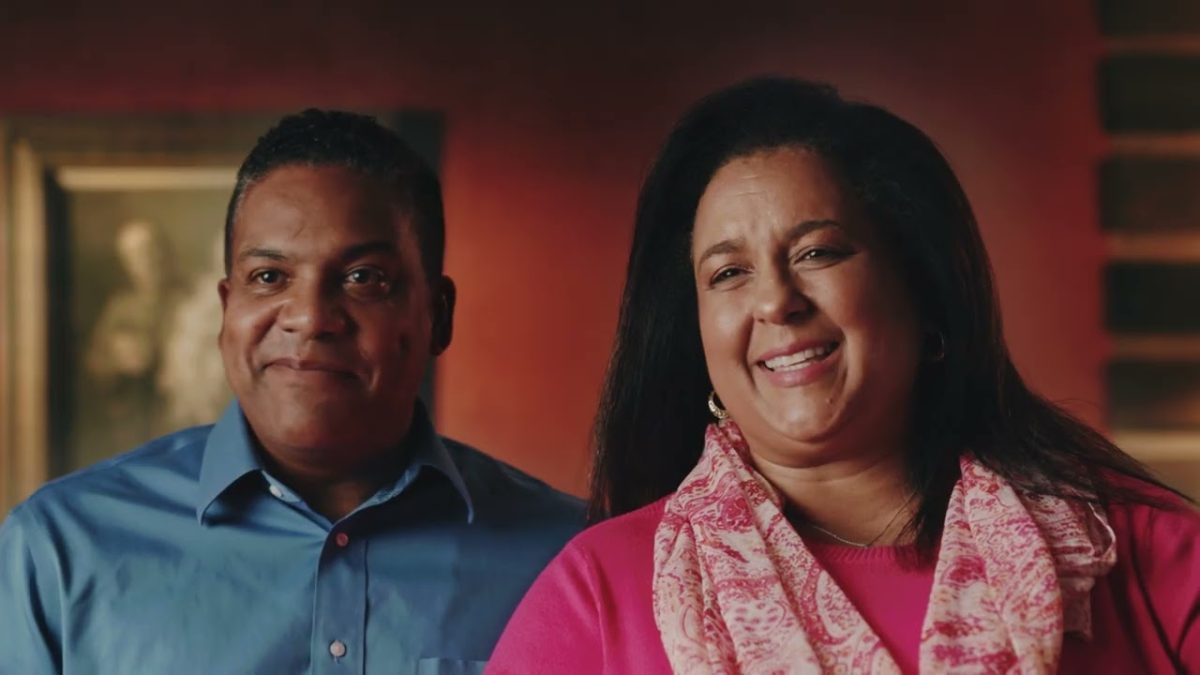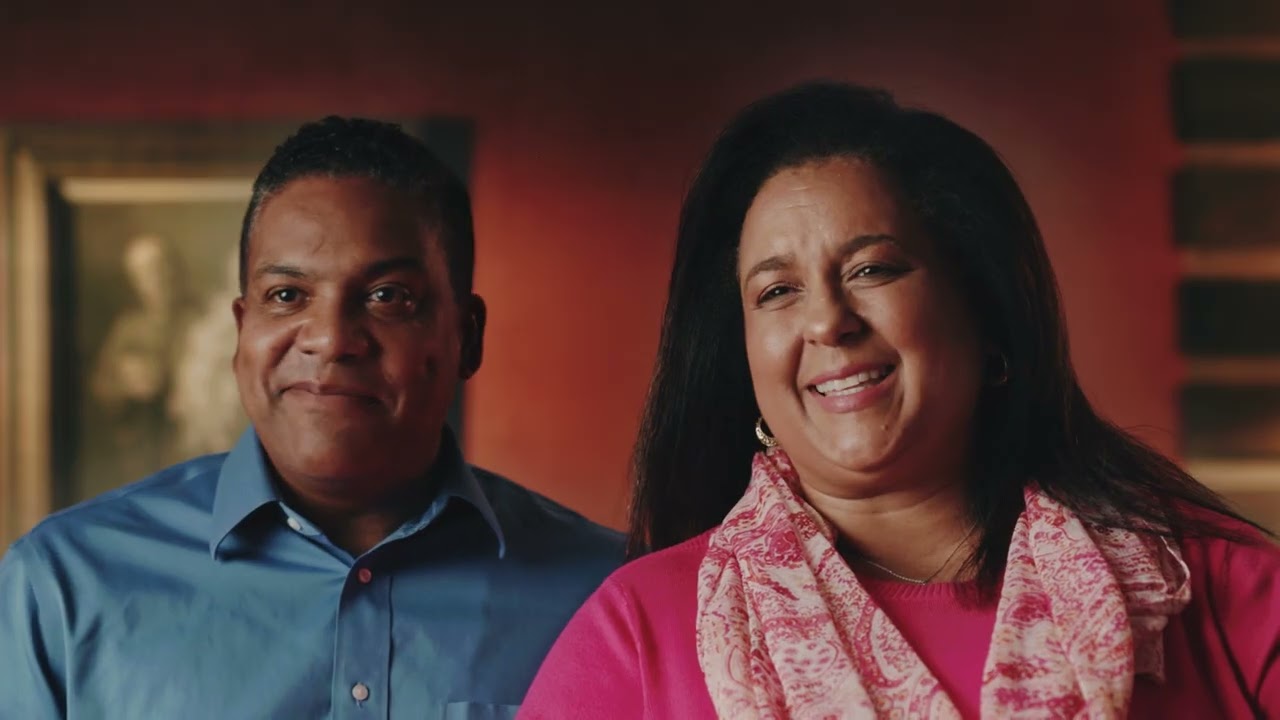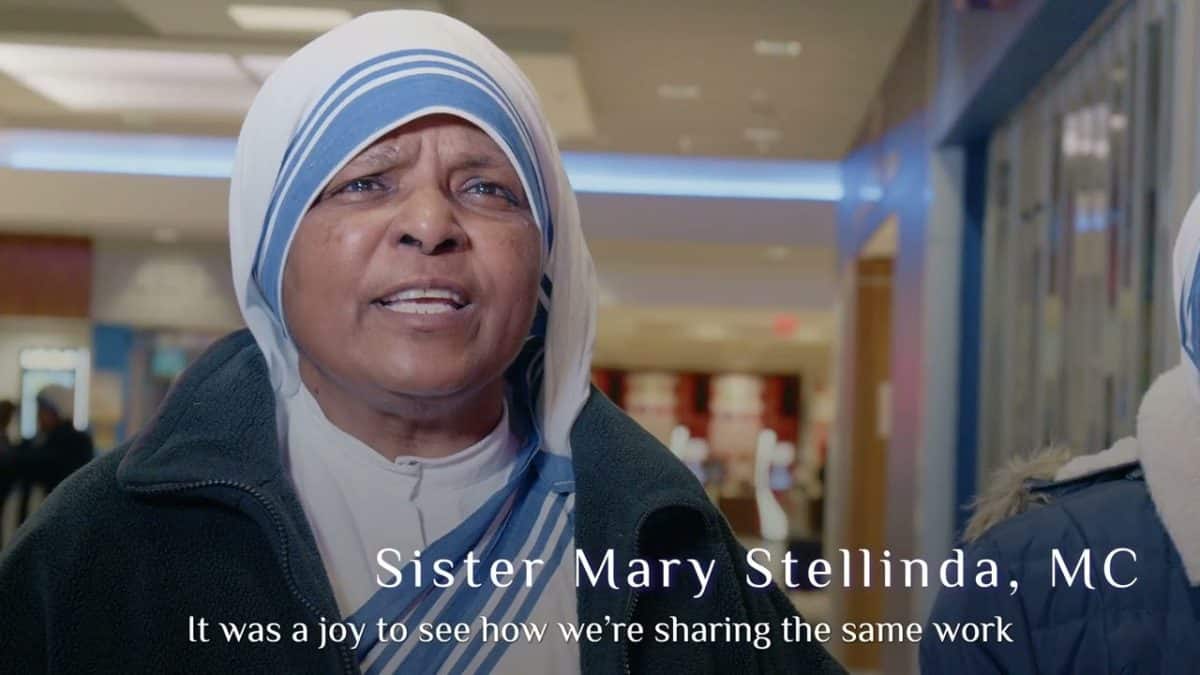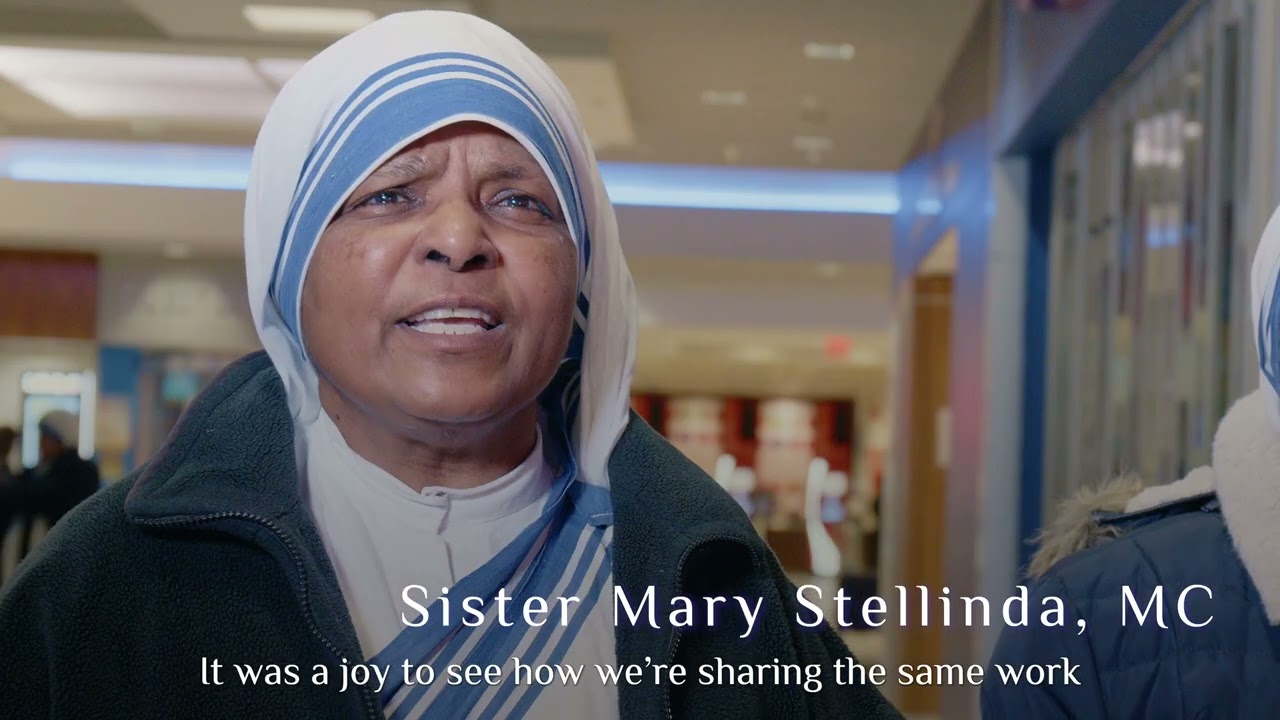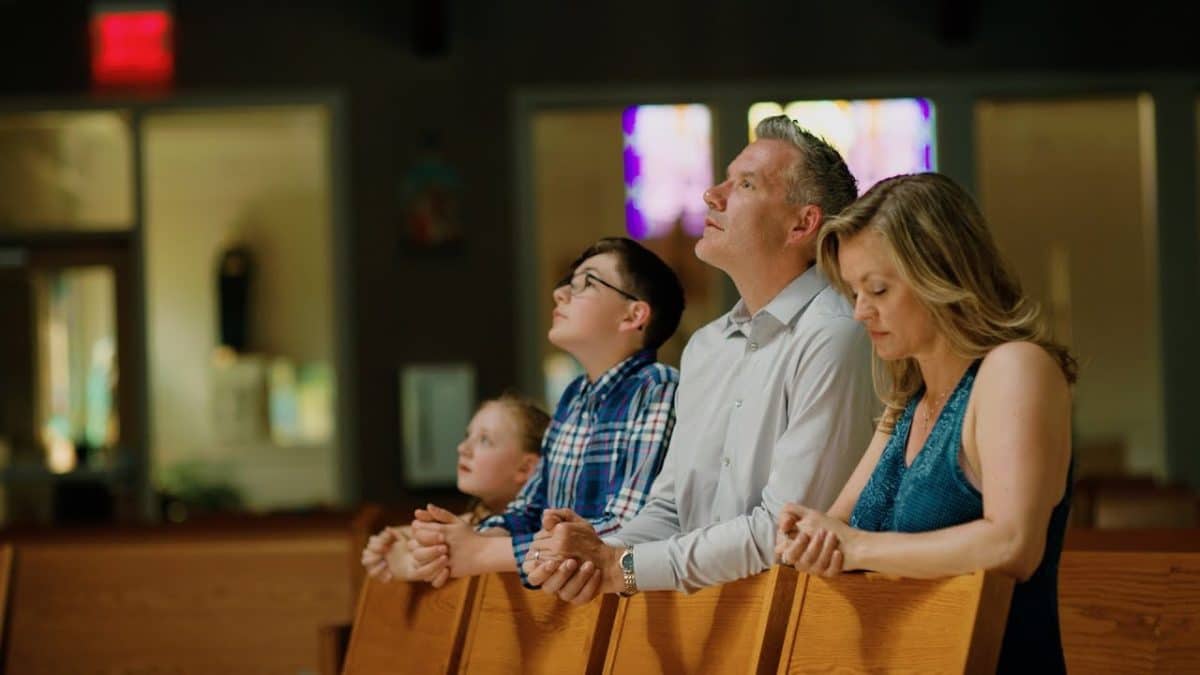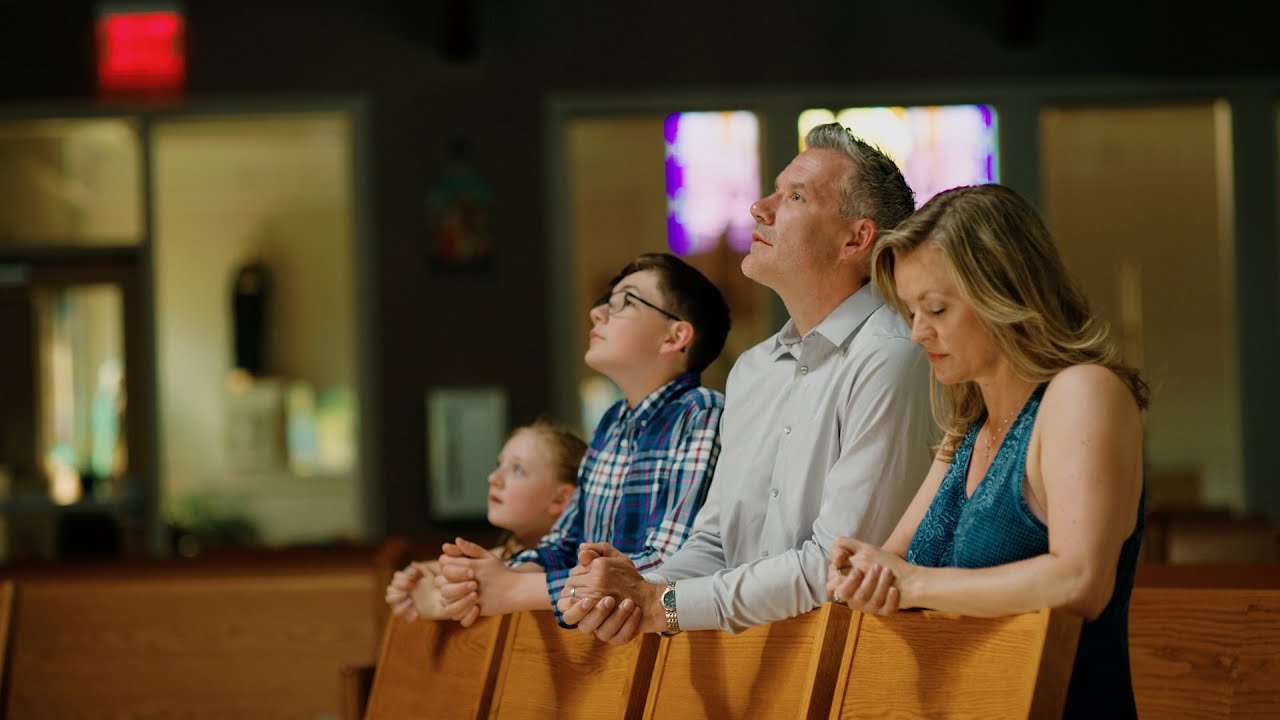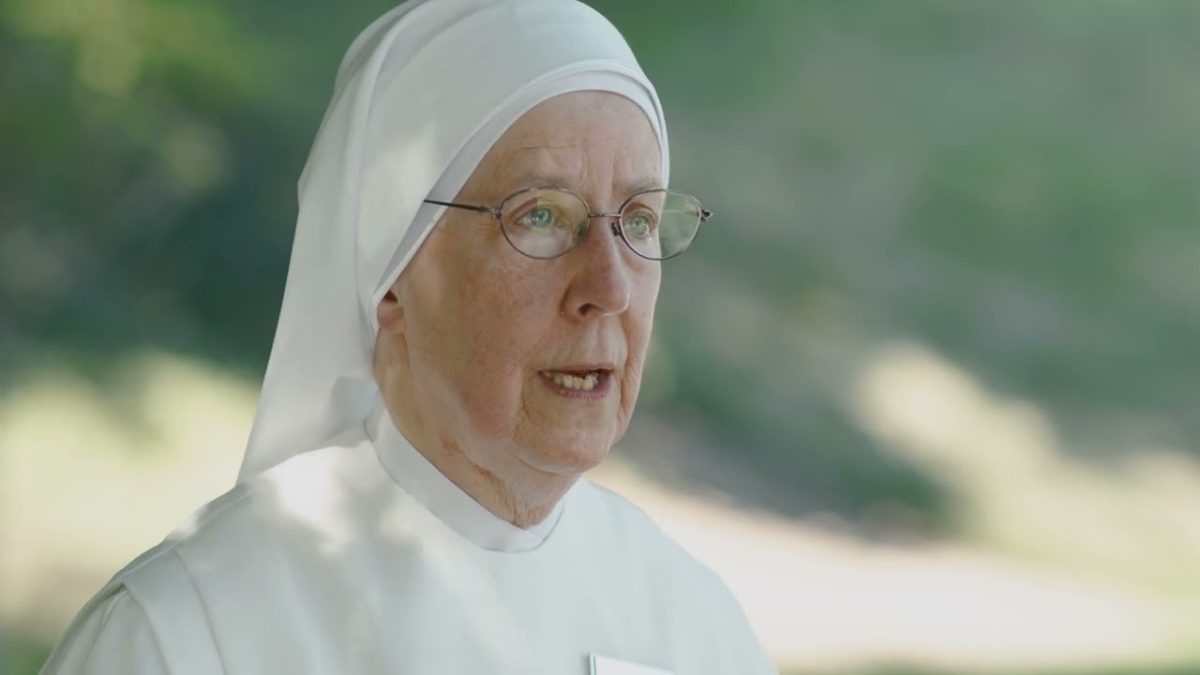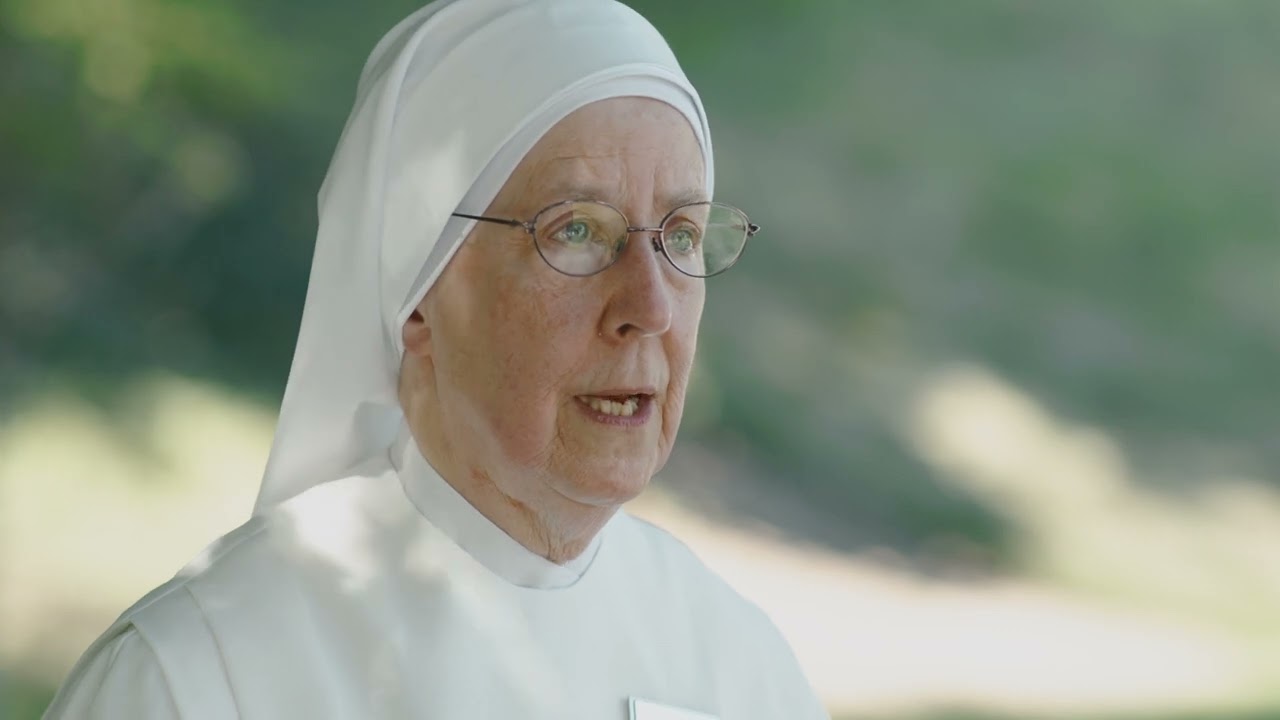A historic, late-hour deal reached at the United Nations climate change summit, COP27, to establish a « loss and damage » fund for countries vulnerable to the devastating impacts of a warming world represented « a real breakthrough, » said Catholic and other religious groups who called it an answer to their prayers and a sign of some progress as negotiations fell short in other areas.
But they added that the new fund will fail to aid those already suffering from more extreme heat and storms if it follows the path of past pledges — including eliminating heat-trapping greenhouse gas emissions and long-promised financing for climate mitigation and adaptation — that have not yet been delivered or implemented.
Countries at COP27 failed to agree on a full phaseout of fossil fuels, and only roughly 30 delivered on promises last year to come to this resort city on the Red Sea with more aggressive national climate plans in line with meeting the Paris Agreement’s ambitious temperature limit of 1.5 degrees Celsius above pre-industrial levels.
While the Sharm el-Sheikh Implementation Plan reaffirmed a global commitment to the 1.5 C target, it made scant advances to implement past pledges to meet it.
« If governments stick to paving the way for a future with good intentions and aspirational declarations while widening the gap with the implementation and follow-up needed, they will indeed lock us up on pathways to disaster, » read a statement from CIDSE, an umbrella organization for Catholic development agencies from Europe and North America.
While the agreement on loss and damage represented a milestone, the inability to reach a decision on ending fossil fuels made COP27 « a lost opportunity, » Comboni Missionary Sr. Paola Moggi, who attended the conference on behalf of the faith-based NGO VIVAT International, said during a debriefing webinar Nov. 22 hosted by the International Union of Superiors General.
« We can cure the symptoms but not address the causes. And this was for me the failure of this COP, » she said.
A deal on loss and damage
Across two weeks of tense negotiations, and after days of gridlock, delegates at COP27 representing nearly 200 nations agreed on Nov. 20 — two days after the summit’s scheduled conclusion — to set up a loss-and-damage fund to help nations most vulnerable to the adverse effects of climate change.
Its establishment was a major victory for small-island nations, who first proposed the idea three decades ago, and other countries like Pakistan, the Philippines and many on the host continent Africa that have witnessed the destruction that global warming is inflicting.
« The work that we’ve managed to do here in the past two weeks, and the results we have together achieved, are a testament to our collective will, as a community of nations, to voice a clear message that rings loudly today, here in this room and around the world: that multilateral diplomacy still works, » COP27 president Sameh Shoukry said during the closing plenary.
He added, « Despite the difficulties and challenges of our times, the divergence of views, level of ambition or apprehension, we remain committed to the fight against climate change. »
The major deal on loss and damage excited religious leaders, civil society groups and climate activists who for years have been pushing wealthy countries not only to take concrete actions to reduce their emissions, but also provide financing for climate-related destruction, especially in the global south.
« This is a huge achievement, » said Fr. Leonard Chiti, a member of the Society of Jesus in southern Africa.
He noted that before COP27 it wasn’t clear if loss and damage would be on the agenda or if developed nations, including the U.S., would reconsider their past resistance to such a fund over fears of limitless liability claims.
Days before the conference began — one dubbed the « Africa COP » where activists hoped the priorities of less-developed countries would be elevated — delegates backing loss and damage successfully added the issue to the discussions. As negotiations continued, developing nations were later joined by the European Union in pressing for the fund to be inserted into the final text.
« To get both is a huge victory, » Chiti said.
CIDSE called the loss-and-damage fund « a very important first step in recognizing historically unfair differences between those who have caused the climate crisis and those who have been paying for it. »
The Sharm el-Sheikh Implementation Plan calls for the fund to assist developing countries particularly vulnerable to adverse climate impacts, though it does not define which countries can access it, which ones will contribute to it or how much. Those details are expected to be negotiated over the next year.
‘My worry is that many things have been agreed on before but have never been implemented.’
—David Munene
Sr. Durstyne Farnan, an Adrian Dominican sister from Michigan, said the deal to establish a loss-and-damage fund revived the spirits of climate activists who had given up on government representatives for failing to commit to fighting climate change and find solutions to mitigate its repercussions.
« The final outcome document is hopeful. Many were doubting that COP27 would not come out with statements and commitments to fund loss and damage, just transition and climate mitigation, » she said.
David Munene, programs manager of the Catholic Youth Network for Environmental Sustainability in Africa (CYNESA), said the loss-and-damage financing is « a step towards what we have been fighting for years. This has been on the agenda for the last 27 years, yet no action has been taken. So it’s the right time. »
Fr. Vitalis Anaehobi, the secretary general of the Regional Episcopal Conference of West Africa, said the agreement brought hope to the world that one day it would be able to eradicate the effects of climate change by preserving the environment.
« This is a great success for all people of goodwill who wanted COP27 not to end in words without concrete actions. With this decision, I can rightly say that COP27 has achieved what many others failed to do, » he said.
Fletcher Harper, executive director of GreenFaith, added that the agreement was a good sign and a motivation for climate activists. « The final negotiations represent a modest step forward. »
A new Vatican role, praying at Sinai
Catholic and faith-based actors were among the estimated 45,000 participants at COP27, which began Nov. 6 in the coastal city of Sharm el-Sheikh.
They spent the 15 days under the Egyptian sun praying, lobbying national delegations, hosting presentations and demonstrating on the streets outside of the Sharm el-Sheikh International Convention Center, site of the global climate conference. They pressed world leaders on a host of issues, especially around climate financing and a commitment to a broad phasedown of coal, oil and natural gas to prevent catastrophic warming of the planet.
‘Any implementation of climate solutions must be anchored on the following three pillars: justice, equity, and solidarity.’
—Statement from 13 Catholic institutions present at COP27
According to climate scientists, limiting global average temperature rise to 1.5 C, while difficult, remains possible and requires countries to slash total emissions nearly in half in the next seven years and to reach net-zero emissions by 2050. While every fraction of a degree of warming puts more lives and ecosystems at risk, scientists have said surpassing 1.5 C could trigger dangerous and irreversible tipping points.
The world has already heated roughly 1.1 C. Under current national climate pledges, the world is on track to heat 2.5 C above preindustrial levels by the end of the century, though an analysis by the International Energy Agency found that if all proposed pledges are fully implemented, the trajectory would be lowered to 1.7 C. Nations are on track to deplete the remaining carbon budget that would result in 1.5 C warming within the next nine years.
COP27 was the first for the Vatican as a formal party to the U.N. Framework Convention on Climate Change and to the Paris Agreement. The new status meant the Holy See delegation had a seat at the negotiating tables and a vote on the final outcomes, which under U.N. rules require unanimity.
The Holy See delegation, led by Cardinal Pietro Parolin, on several occasions met with fellow Catholics to discuss priorities and strategies. On Nov. 18, the conference’s final scheduled day, 13 Catholic institutions present at COP27 issued a statement to the Holy See delegation expressing their concerns with the global response to climate change.
The statement outlined key asks for a final document, including the loss-and-damage fund, a rapid and just transition from fossil fuels to renewable energy, and more inclusive participation, such as expanding the Vatican delegation in the future.
« We emphasize that any implementation of climate solutions must be anchored on the following three pillars: justice, equity, and solidarity, » the statement said.
Rodne Galicha, executive director of Living Laudato Si’ Philippines, told EarthBeat he hopes the lessons the Catholic Church learns from the synod on synodality can be incorporated into how it engages in future climate conferences, especially including the voices and stories from the peripheries where climate change is often felt the fiercest.
« Being officially part of the [U.N. Framework Convention on Climate Change] process, we will be assured as a synodal and inclusive church that our ecological and social concerns are articulated and acted upon, » he said.
Outside the convention halls, other Catholics traveled to Mount Sinai, where God is believed to have appeared to Moses and given him the Ten Commandments. There, the group prayed for God’s intervention to change the hearts of world leaders to fully commit to fighting climate change.
« Our going to Mount Sinai was our opportunity to claim our roots as Christians. To touch the source of our faith and the source of our hope from the top and to pray that COP27 would be a game changer for climate change, » said Farnan, who also participated in climate justice demonstrations in Sharm el-Sheikh. « Going to Mount Sinai inspired us to continue to advocate for just transition, adaptation, and curbing of methane in an unprecedented time. »
Chiti said there remained « serious resistance » from developed nations to a loss-and-damage fund at the time he and others ascended Mount Sinai on Nov. 14.
« I genuinely believe God intervened and saved the situation for us, » he told EarthBeat. « I believe in miracles, and at the time, we needed one to get us over the line. »
With COP over, time for action
While COP27 saw nations reach a breakthrough on loss and damage, it also displayed impasses and incremental progress on other climate issues, a disappointment for civil society groups after the conference organizers billed it as an « implementation COP. »
The final text did not include a call and timeline for a phaseout of all fossil fuels, and instead repeated language reached in 2021 in Glasgow for « the phasedown of unabated coal power and phaseout of inefficient fossil fuel subsidies. »
Nations did agree to a program to rapidly scale up mitigation efforts, with twice-annual meetings through 2030, and reiterated that countries that haven’t aligned their climate plans with the 1.5 C goal should do so before the end of 2023. A « global stocktake » on progress on the 1.5 C is expected at COP28 next year in the United Arab Emirates.
« Incremental progress is defeat. We can’t negotiate w/ physics. It’s a #ClimateEMERGENCY, » tweeted Tomás Insua, executive director of Laudato Si’ Movement.
COP27 also did not see developed countries deliver on their pledge to mobilize $100 billion annually to the Green Climate Fund by 2020 for mitigation and adaptation efforts in developing countries and has pushed that timeline back to 2025.
A Global Shield fund was launched to help countries facing climate disasters. In addition, negotiators called on multilateral development banks and international financial institutions to mobilize private financing toward « significantly increasing climate ambition » and to reform their practices and priorities to simplify access to climate finance.
By the end of the summit, 150 countries had joined the Global Methane Pledge to slash emissions of methane — a far more potent greenhouse gas than carbon dioxide but with a much shorter lifespan — by 30% by 2030.
Nations like Brazil, Indonesia and the Democratic Republic of Congo reached new alliances to protect rainforests critical for absorbing carbon dioxide from the atmosphere. Over the past year, the U.S. and the European Union, two of the largest historical sources of emissions, have passed major climate legislation, and voters in Australia and Brazil have replaced leaders resistant to climate action with new heads of state who have vowed to make climate change a priority.
And the final text included the first-ever reference for a COP to the « right to a clean, healthy and sustainable environment, » which followed a similar resolution passed by the U.N. general assembly in July.
With COP27 concluded, many religious leaders and Catholic actors are now urging world leaders to implement the issues that they agreed to in Egypt to save lives and livelihoods.
« My worry is that many things have been agreed on before but have never been implemented, » said Munene, who called on world leaders to now move to implement the loss-and-damage fund.
« My prayer now is that they stick to what they agreed to and implement it because people have lost many things, including lives, livelihoods, shelter and properties, due to the effect of climate change, » he told EarthBeat.
The Jesuit priest Chiti said that implementation of the deal depends on countries translating their commitments into real actions and by ensuring they immediately keep their financial promises to save millions of families suffering from climate change.
« Getting the [loss-and-damage] fund established is one thing. Finding the money and getting it to those who deserve it is another, » he said. « My hope is that modalities of the fund will be quickly worked out and the money found quickly to compensate those who have suffered already and many who are now suffering due to loss of food, homes, cultures and income. »
Harper of GreenFaith warned religious actors from overcelebrating the limited progress out of COP27, with the details of the loss-and-damage fund still up for negotiation — including which countries would foot the bill. He called it « disappointing beyond words » that the final deal did not include an agreement on phasing out fossil fuels, whose burning are responsible for the vast majority of greenhouse gas emissions.
« Until there is measurable progress towards phasing out coal, oil, gas and deforestation, we cannot afford the luxury of premature celebration, » Harper said.
